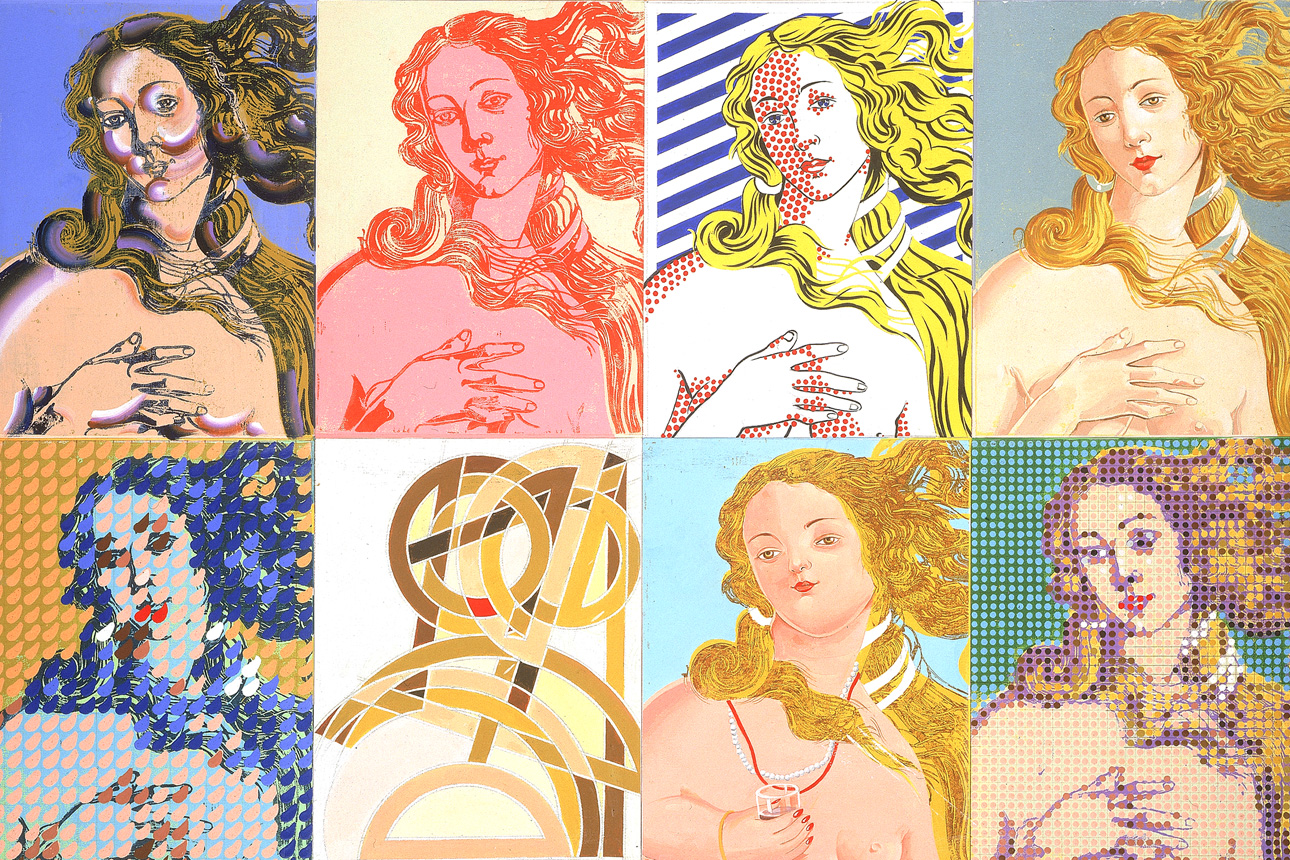Balancing Valued Tradition With Innovation
When your product is a beloved classic, how do you update it to attract new customers?

Paul Giovanopoulos/theispot.com
Sooner or later, most successful companies face the challenge of updating a cherished old product. Make no changes, and you risk becoming irrelevant to new customers. Change too much, and you may alienate your most loyal customers.
So how do you leverage a historically strong brand with sensitivity to heterogeneous customer preferences? To explore this question, we studied Italian opera companies, which face this dilemma every season. Many of the best-loved operas in the repertoire are more than 150 years old, and the most devoted operagoers have fairly traditional tastes. However, if opera companies hew to their preferences, they may limit their cultural relevance and fail to develop new audiences.
Get Updates on Innovative Strategy
The latest insights on strategy and execution in the workplace, delivered to your inbox once a month.
Please enter a valid email address
Thank you for signing up
Our analysis of ticket sales for 2,627 Italian opera productions from 1989 to 2011, and interviews with 15 artistic directors of opera houses, yielded some insights into successfully managing the tension between tradition and innovation that can be applied by anyone with a beloved product they need to update.
Requiem for a New Coke
The more iconic the product, the more challenging it is to update, as we saw with the saga of “new Coke,” Coca-Cola Co.’s ill-fated attempt in 1985 to relaunch its flagship beverage with a sweeter taste. Consumers in blind taste tests had endorsed the change, but after customers protested, the company had to continue selling the classic version of the product alongside the new one.
Opera companies, too, perpetually court disaster when they try to update beloved works. Consider two recent productions — of Puccini’s Madame Butterfly and Bizet’s Carmen — that were reinterpreted in novel ways but were received very differently. Loyal operagoers liked Madame Butterfly relocated to contemporary East Asia. But they panned the new Carmen, which ended with the title character killing Don José, her estranged lover, instead of being killed by him as in the original opera.
To understand the differences in how these and other updated productions have been received, we assembled a detailed database of the staging strategies of thousands of performances and then determined whether each production took a robust or radical approach to reinterpreting the original. Robust interpretations modify the peripheral aspects of an opera (its visual staging) but preserve its central features (music and dramatic contents). In contrast, radical interpretations modify the very essence of a work by manipulating the main (dramaturgical or musical) characteristics of operas, as well as peripheral ones.
